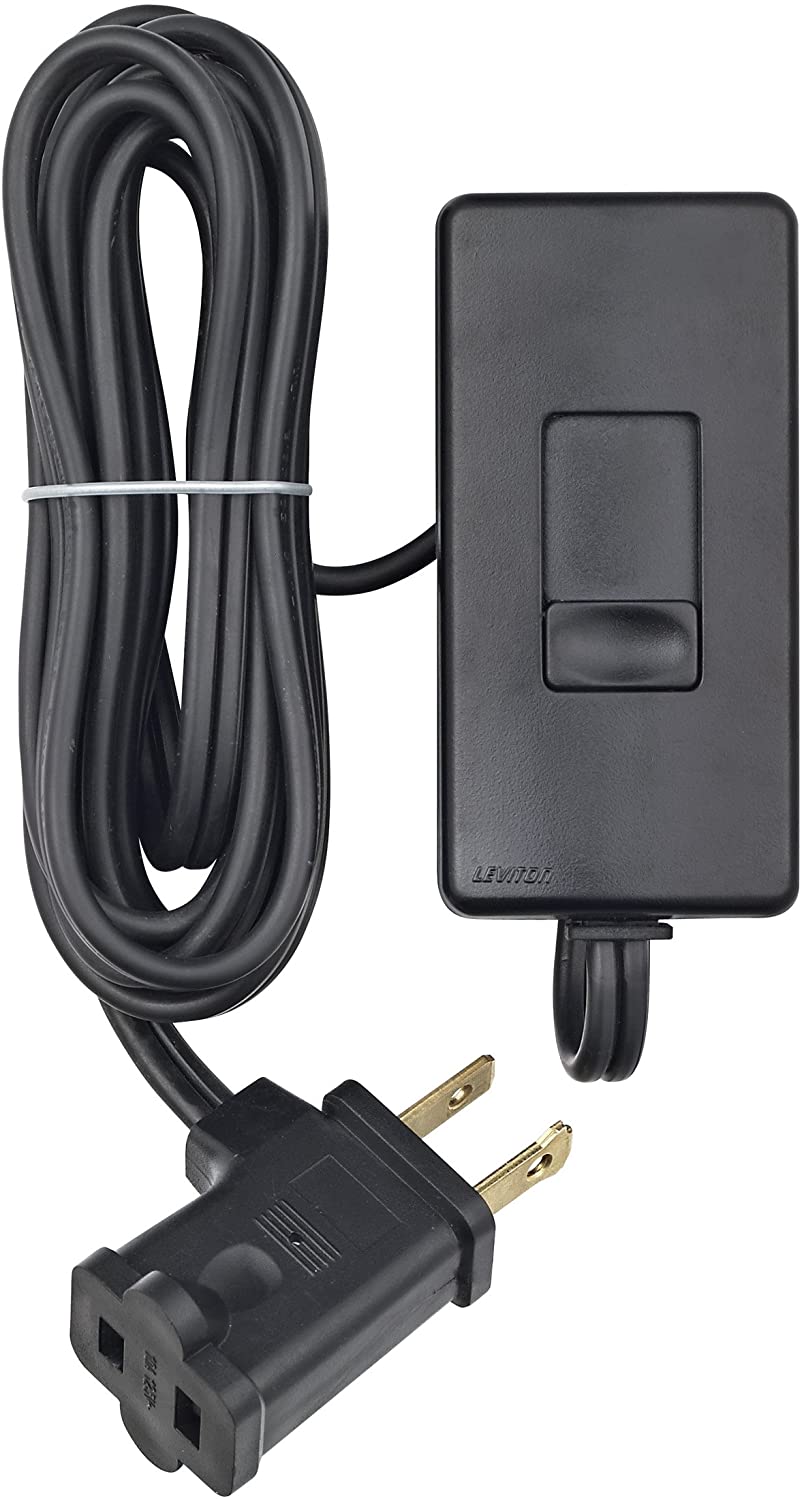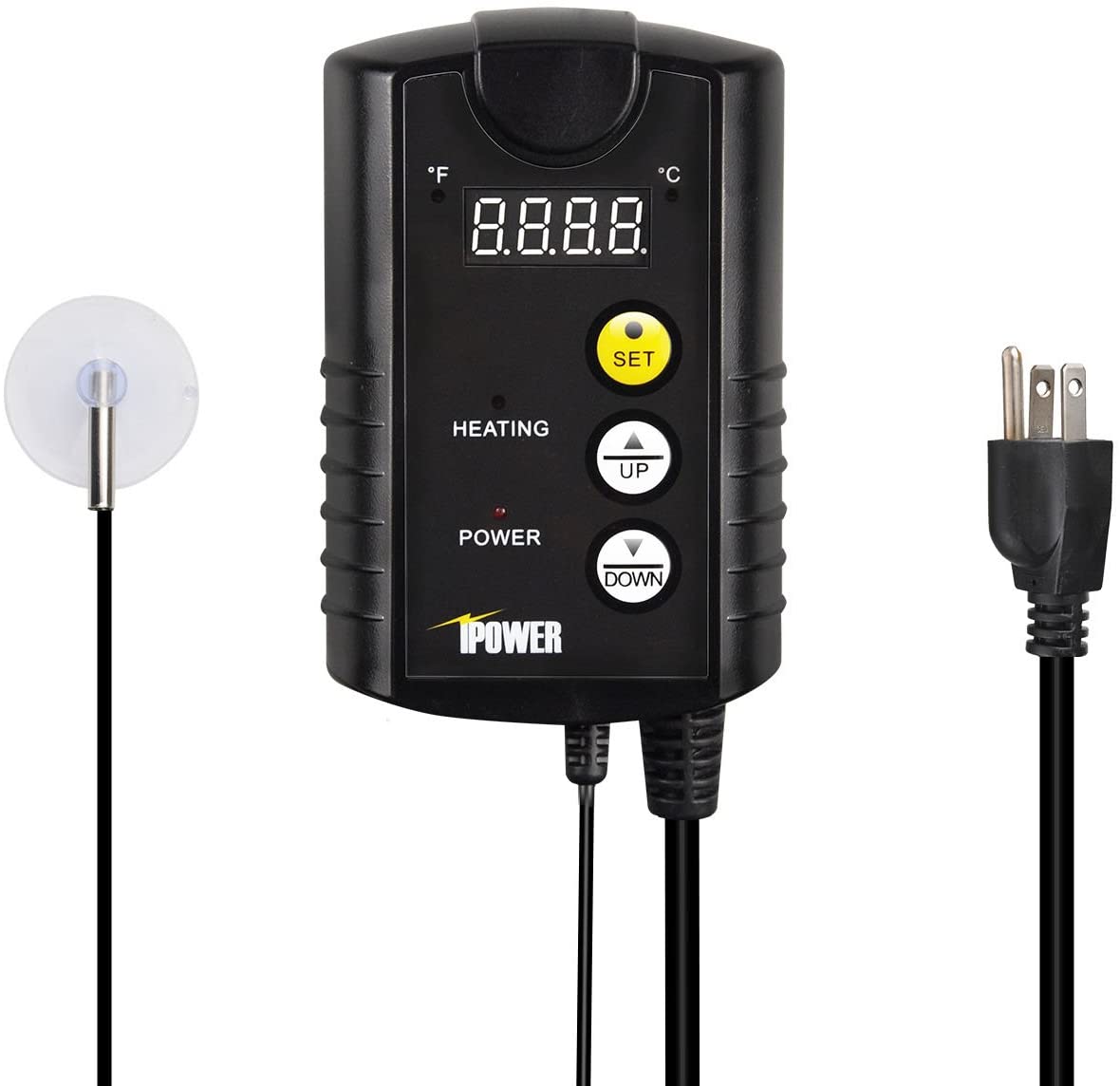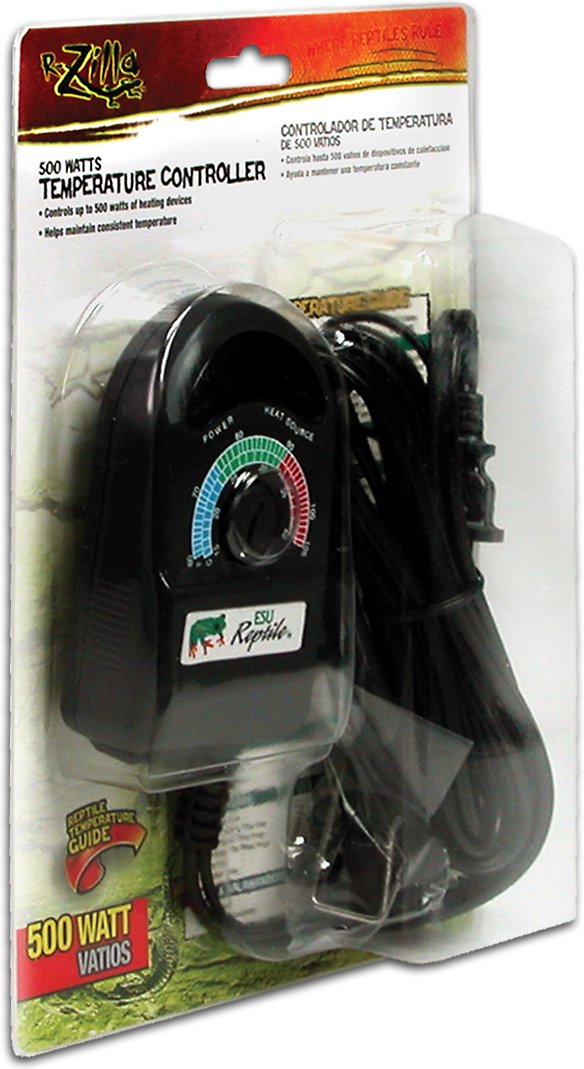The Best Reptile Thermostats Reviewed in 2020
Every reptile product you find on the market is there to help solve a specific problem, and a reptile thermostat is no different in this regard. Without the use of a good thermostat, you just cannot set up a reptile enclosure. Understand that reptiles love to live in warm, and even hot climate conditions, and you need to mimic the same in an enclosure, which is when it makes sense to invest in the best reptile thermostat. It may call for a big initial investment, but it will go a long way towards keeping your reptile healthy and comfortable. Here are some of the best thermostats for reptiles:
The Best Reptile Thermostat: Our Top Picks
1. Leviton TBL03-10E Lamp Dimmer
For better temperature control and maintain it within a preset temperature range, you can always put your money on this Leviton thermostat for reptiles It's basically a dimming controller and delivers an accurate performance.
The smart technology used to design this product enables it to work flawlessly. It handles the tank light to ensure that the temperature stays perfect within the tank. It's not difficult to use at all, and anyone with little knowledge of these devices can install and utilize it with ease.
The lamp dimmer is compatible with most vivariums and would never cause any issue. The cord it has is long and quite effective at the same time. It's also an affordable choice for someone looking for a entry-level temperature control system.
Quite interestingly, the dimmer can be used for other purposes, as you can replace the standard switches with this product, and it will help you save energy and money. But, on the downside, the dimmer thermostat is not especially designed for the tanks.
PROS
CONS
2. iPower Digital Heat Mat Thermostat
If you've been looking for one of the best thermostat for your bearded dragon or another reptile, you can trust iPower for quality results. The design is fairly simple, but it also means it's extremely easy to install and use. Talk about affordability and this mat thermostat won't disappoint at all. You just need to install and turn it on to see how it maintains a good temperature in your vivarium.
The design may be simple, but make no mistake about its performance and reliability. It will save you from dealing with any automatic cut-offs, day/night variance, and other similar glitches. It also shows temperature in both Celsius and Fahrenheit, and the temperature range is from 40F to 108F, which is enough for most reptiles.
Although it's a great product, keep in mind that it won't work with ceramic heaters or heat bulbs. It works flawlessly with low-powered heat mats though. If you're a fan of heat mats, this product is surely going to impress you a lot. Overall, it's a good choice, but some people are of the view that it fails to create extra warm hotspots.
PROS
CONS
3. Zilla Terrarium Heat and Habitat Light Controller
Maintaining optimal temperature in your reptile cage is critical and this controller will deliver the best performance. You can use it to maintain temperature at any preset value. The temperature range is between 60F and 105F.
Placing and using the controller is a breeze too. You just need to attach is to the terrarium wall using the suction cup it has. Then, connect it to any heat source and it will start working immediately. To make it even easier to use, it comes equipped with an automatic shutoff feature, which automatically turns off the system when the temperature goes beyond 110F due to excessive sunlight or malfunction. It saves your reptile from experiencing any health issues.
Overall, it's one impressive temperature controller to prevent overheating and regulate the overall temperature within the vivarium. You can also find different variations, including a 500W system and 1000W system. The only issue you might experience is that it costs you a bit more than many other similar light controllers on the market.
PROS
CONS
FAQ - A Buyer's Guide
How Do You Use a Reptile Thermostat?
Using a reptile thermostat is critical to the health of your pet because they are cold-blooded and can't regulate their body temperature on their own. They have to rely on outside sources to maintain a healthy body temperature. Unless you provide your reptile with a source of heat in their enclosure, you just can't hope to enjoy their company for long. Sometimes, you can provide them with ample heat by keeping them in sunlight and using heat mats, but it's important to maintain the right temperature and regulate everything in a timely manner. That's when it becomes crucial to go for a reptile thermostat.
If you notice your reptile becoming less active just recently with their immune system and digestion getting a severe hit, it may be because they're not getting enough heat inside the enclosure. To ensure they don't become hypothermic, using the best thermostat for reptiles is of huge importance. Here, you also need to educate yourself about the temperature requirements of different reptiles and then use a thermostat to maintain it. For instance, a Desert Iguana would do well in temperatures within the range of 65 to 85F, but you need to maintain the temperature precisely between the range of 70F and 85F for your Green Tree Python.
Using a thermostat is important because the temperature outside the enclosure will also change from time to time, and that's when a thermostat will do its job. If you've already bought a thermostat and heat pad, here's how you need to use it.
- Be sure to buy the best heat mat and ensure it takes up at least one third of the setup. Now, you'll have to pick a thermostat out of different models available today. You can work with will a dimming thermostat, but an on/off thermostat usually works well with heat pads.
- Check your thermostat and look for leads. One of these leads is the plug, the other one is your heat source, and the third one is the probe.
- Now, find the plug socket and plug the thermostat carefully. As soon as you do it, the light should turn on. You should plug the thermostat for heat mat
- Only after you've plugged in the thermostat, you should plug the heat mat on the thermostat.
- Now, slowly place the mat under the setup while making sure it doesn't take more than one third of the enclosure space.
- Once done, you should set the desired temperature. It's a good idea to use a digital thermometer to find the hot spot in the enclosure and place the thermostat probe there.
- Leave it once set but don't put your reptile in the enclosure yet. Check the temperature after 24 hours and introduce your reptile only if everything is in perfect order.
What is a Dimming Thermostat?
These days, you can find a variety of reptile thermostats, and dimming thermostat is one of those options. Also called a dimmer thermostat, these temperature controller devices are extremely popular with reptile keepers. They work flawlessly, but you need to bear in mind that they demand a lot more upfront investment as compared to many other types of reptile thermostats on the market. If you can afford it, you should, by all means, go for this type of temperature controller device.
The best thing about these reptile thermostats is that they can constantly measure the temperature inside the tank. If for any reason there's a temperature surge, the thermostat will become active and send less power to the bulb of the heater to ensure it doesn't produce too much heat. If you've seen a light dimmer switch, the dimming thermostat works exactly the same. You should note that because the whole system work on a dimming mechanism, the change in heat is not drastic and is quite subtle basically. In fact, it's difficult to notice any power changes, which is the reason why it's suitable for reptiles more sensitive to quick temperature shifts.
Overall, dimming thermostats are quite efficient, popular, and accurate. They're versatile and available for whatever temperature control range you desire. It can work directly with the heat source you have installed in the vivarium, which is another added benefit. Just remember, it comes with a hefty price tag as compared to other reptile thermostats.
How Do I Set My Vivarium Thermostat?
Whether you go for a heating mat thermostat, or you buy an on-off thermostat, you won't face many issues setting it up. A good thermostat for reptiles is an essential piece of equipment, and it's easy to use so long you know where to place the thermostat sensor. To get good results, be mindful about the size of your vivarium as well as the heat source you're using.
In case of a bearded dragon, you're likely to have a low vivarium, mainly because it's important to allow them to get close to the beneficial UV rays. If you place the basking bulb on the top left hand corner of the enclosure, it's obviously be the hottest place in the entire setup, with the bottom right being the coolest.
All the points in between will be the "ambient" temperature. Therefore, it's important that you focus more on regulating the basking spot by placing the thermostat sensor here. For a bearded dragon, the temperature needs to be around 95F-105F, so place the thermostat here and check the temperature with a digital thermometer.
Do You Need a Thermostat for a Heat Mat?
Heat mats are important to provide your reptile with the right temperature – some people might also rely on ceramic heaters to get the same benefits. Whether you use ceramic heaters or you go exclusively with heat mats, it's always a good idea to use a thermostat with a thermostat controller to ensure your reptile stays healthy and happy.
If you're choosing a mat as your preferred heat source, you need to ensure that it doesn't take less than half of the floor space in your enclosure. It's important or else your pet won't have any area to cool off and overheating would lead to serious consequences. Many mats now come with a built-in thermostat controller, but you'll be better off getting a standalone thermostat to manage things in a more reliable way.
It means that using a thermostat is important irrespective of the heat source you're using, but if it's a pad, you can go for a dimming thermostat because it changes temperature in a subtle way and your pet never feels uncomfortable.
The Best Dog Toothbrush Of All
It's true that you can bypass the need to have a thermostat placed in a reptile enclosure, but it'd be next to impossible to monitor and regulate temperatures. Make a mistake here and you'll regret it, as reptiles just can't withstand quick temperature shifts. To lower the risk of reptile fatality, it's important to invest some time and money in buying one of the best reptile thermostats. If confused, you may want to buy iPower Digital Heat Mat Thermostat. It works great if you believe using heat mats is the perfect way to add and manage temperatures in your vivarium. It's affordable, it's simple to use, and it's highly reliable too. Just give it a shot now!
About the Author Steven
Related Posts
4 Tips For Choosing The Best Canada Pooch Toy
Is It More Cost Effective To Build Your Own Aquarium?
DOT Announces Upcoming Changes for ESAs and Plane Travel
Best Cleaning Tips for Your Aquarium
Best Waterless Shampoos for Your Dog
Best Muzzles for Your Pit Bulls




